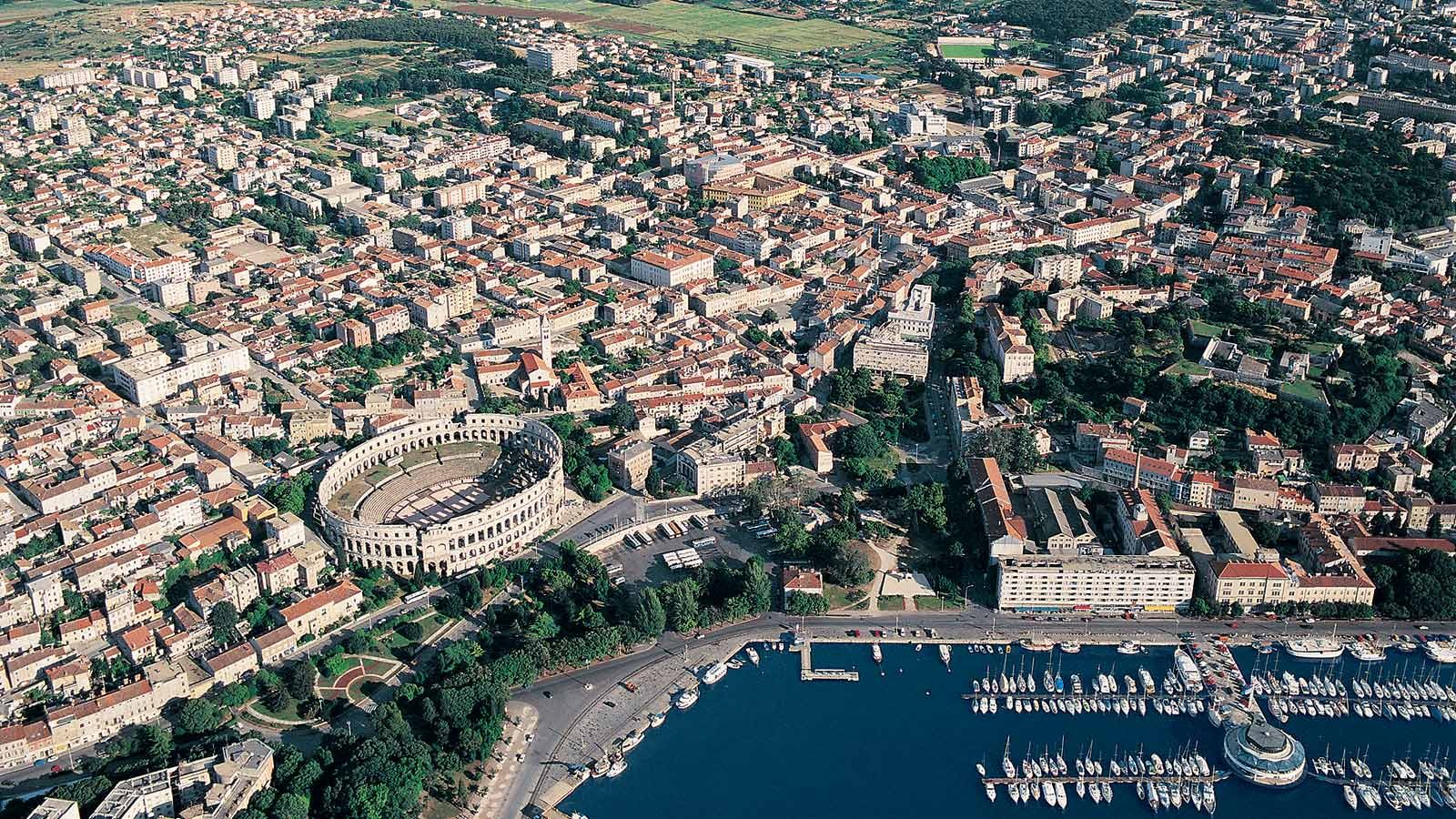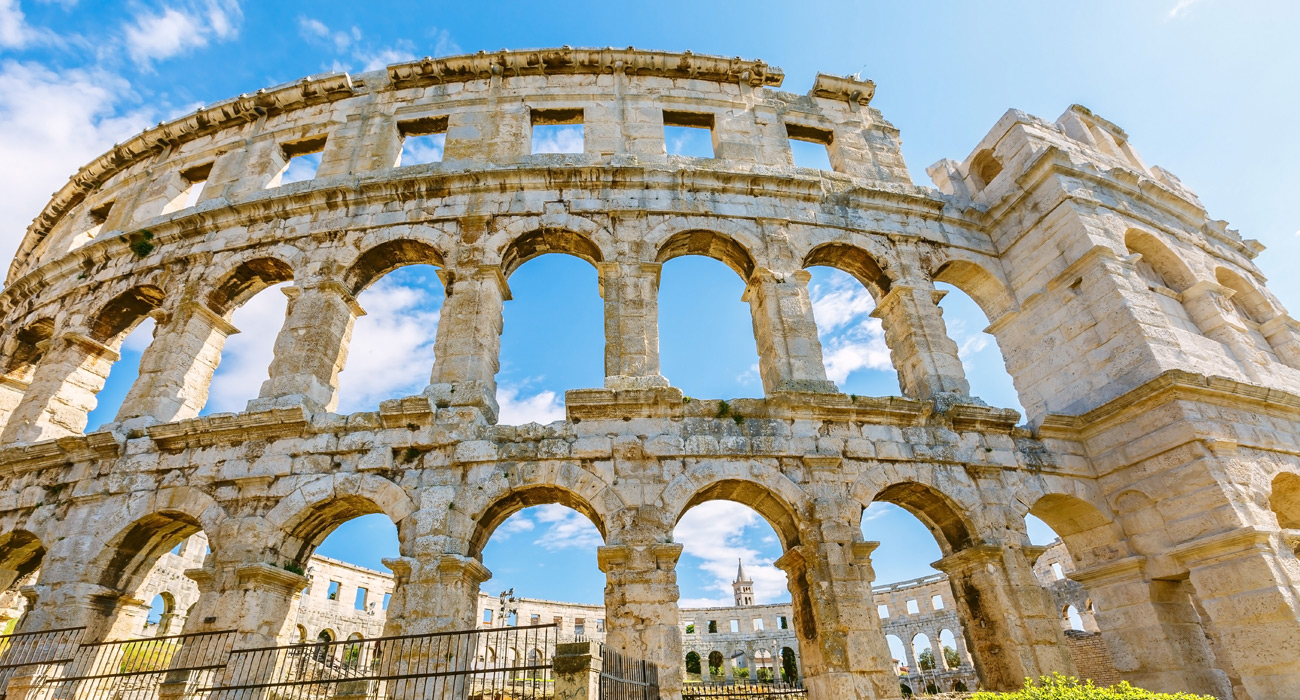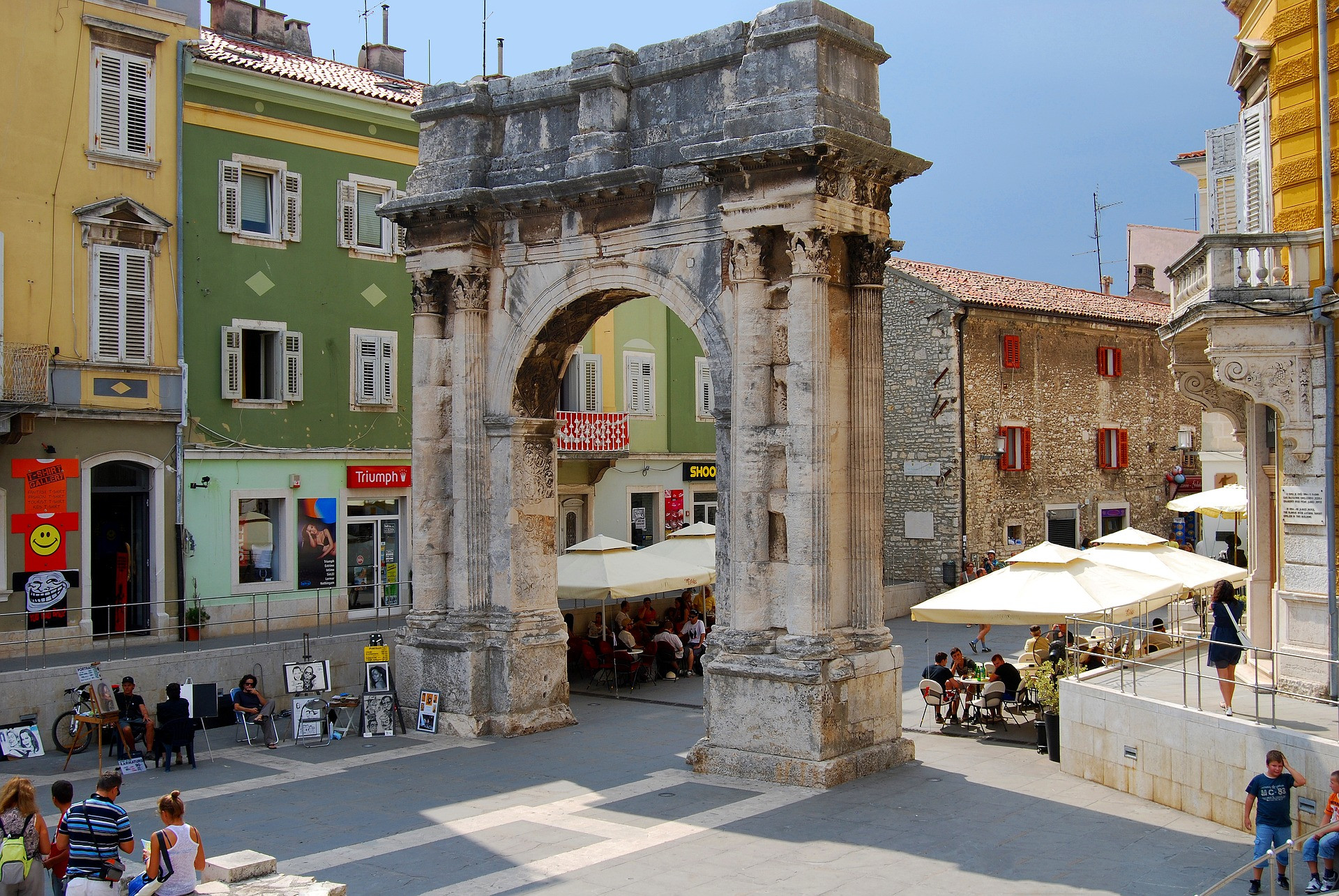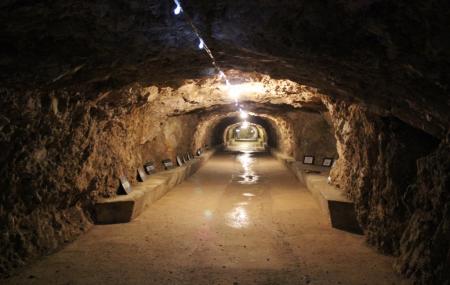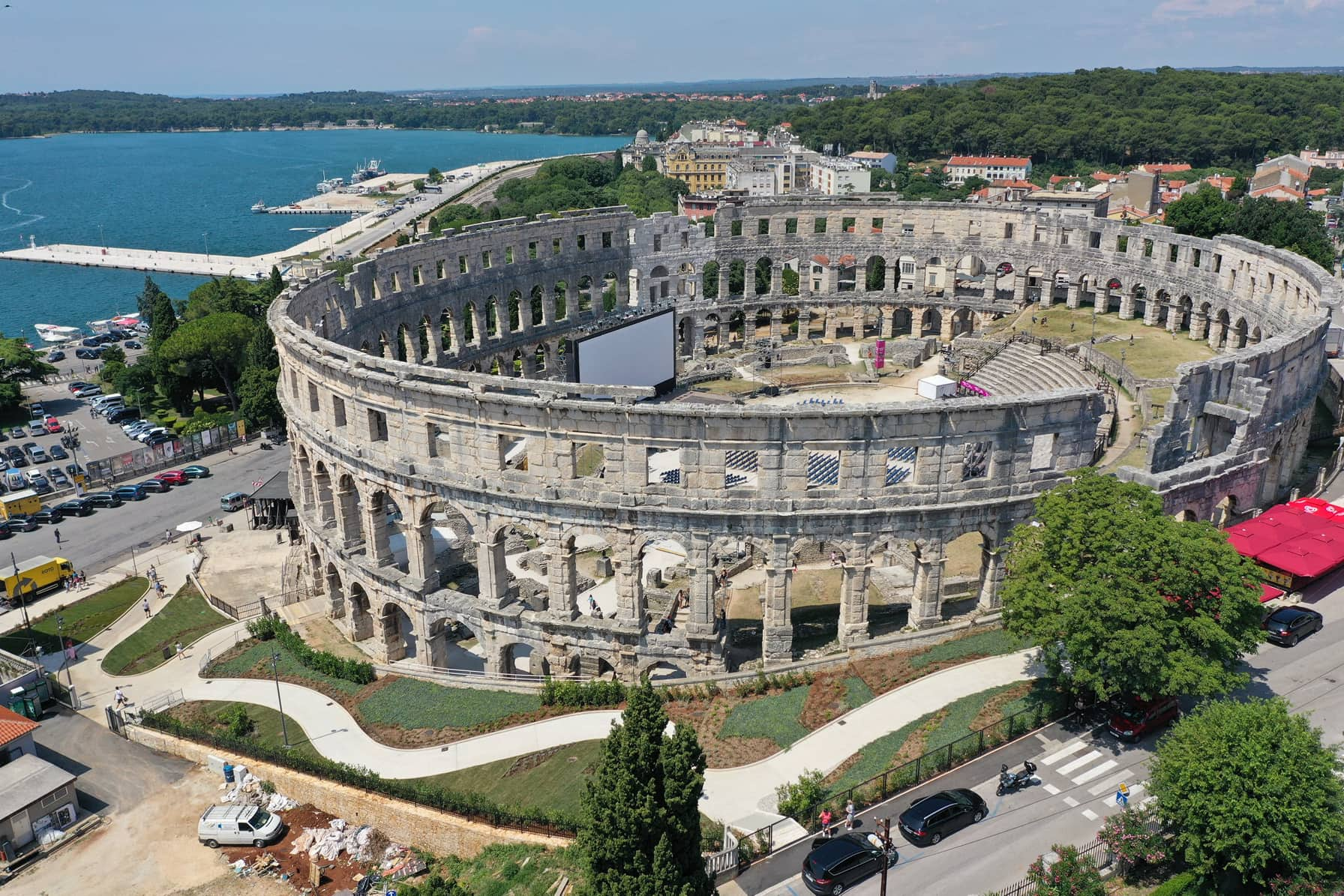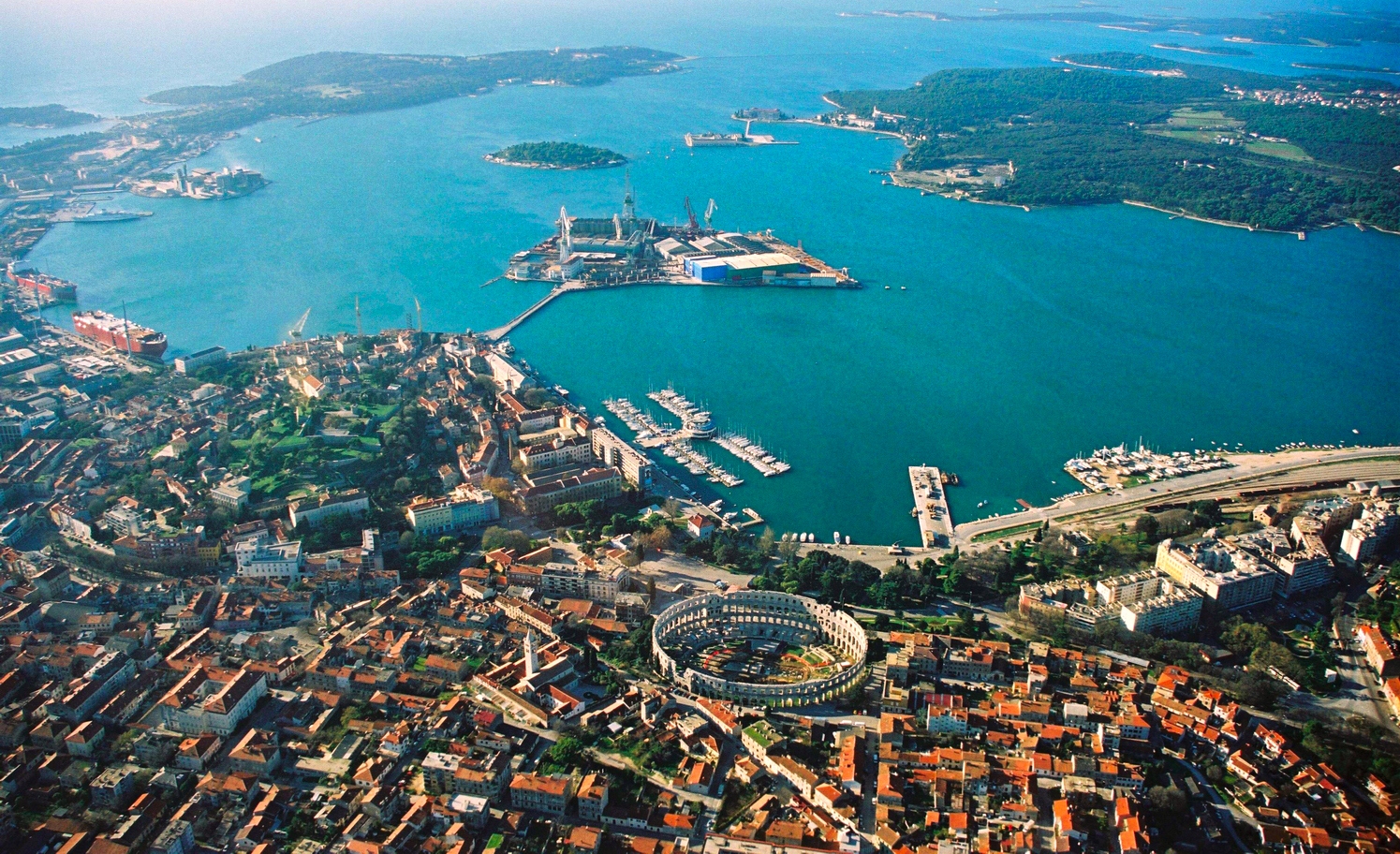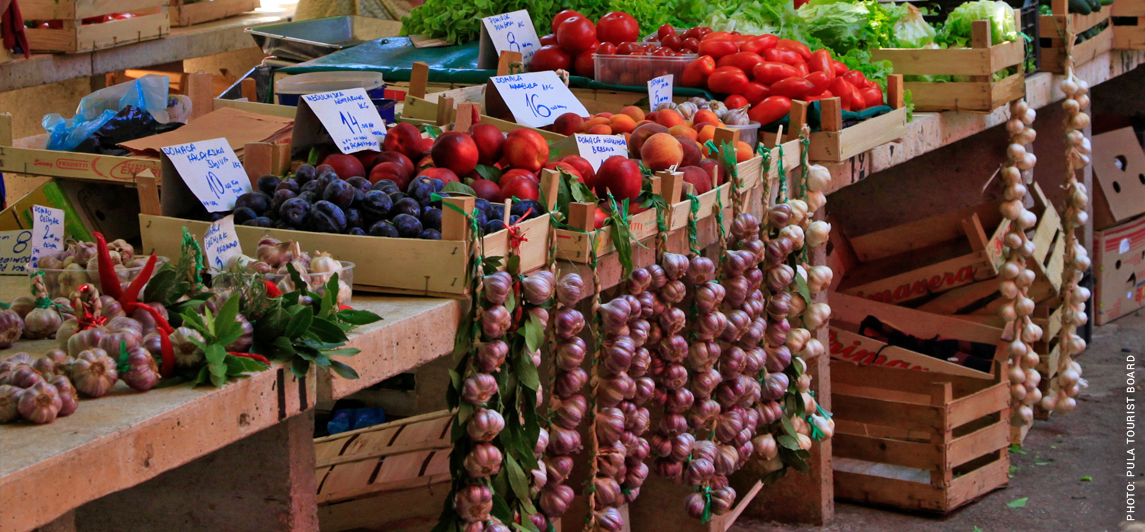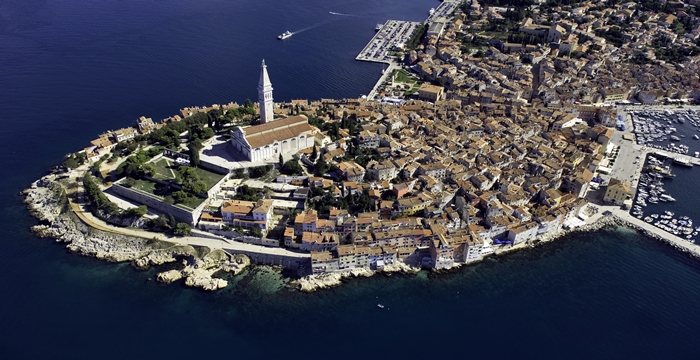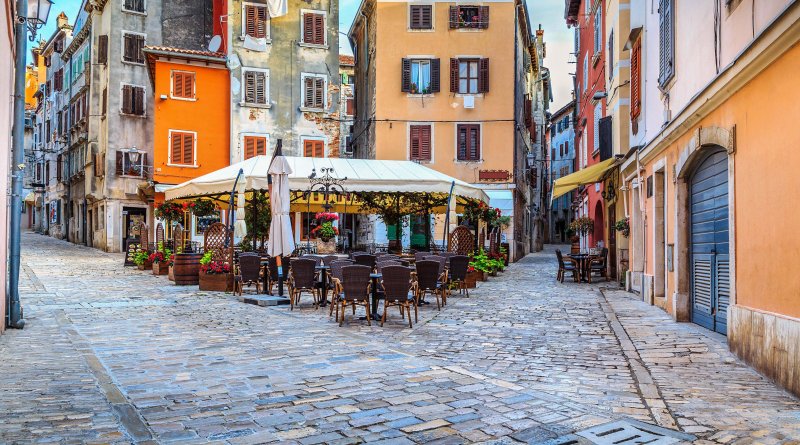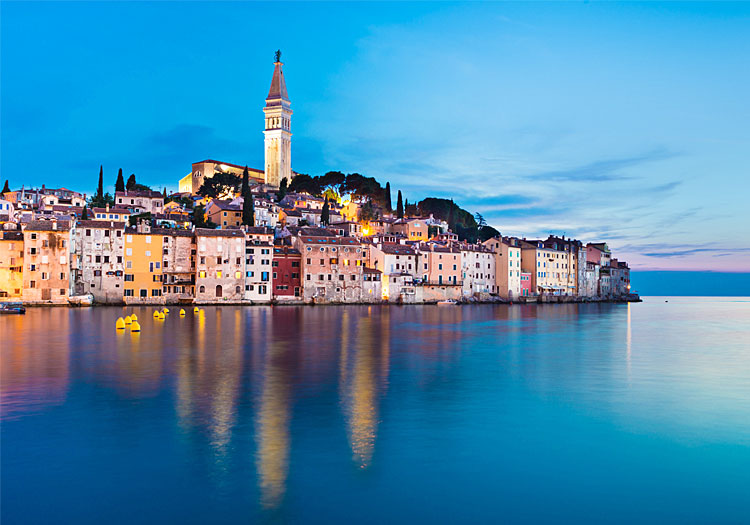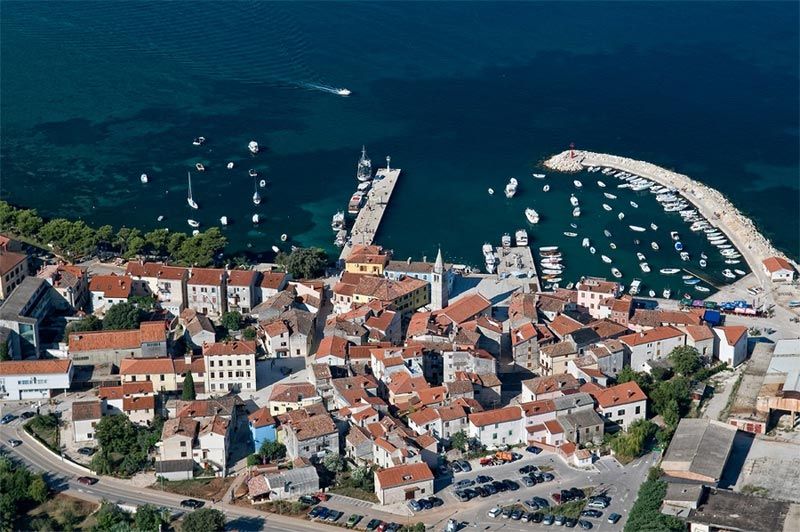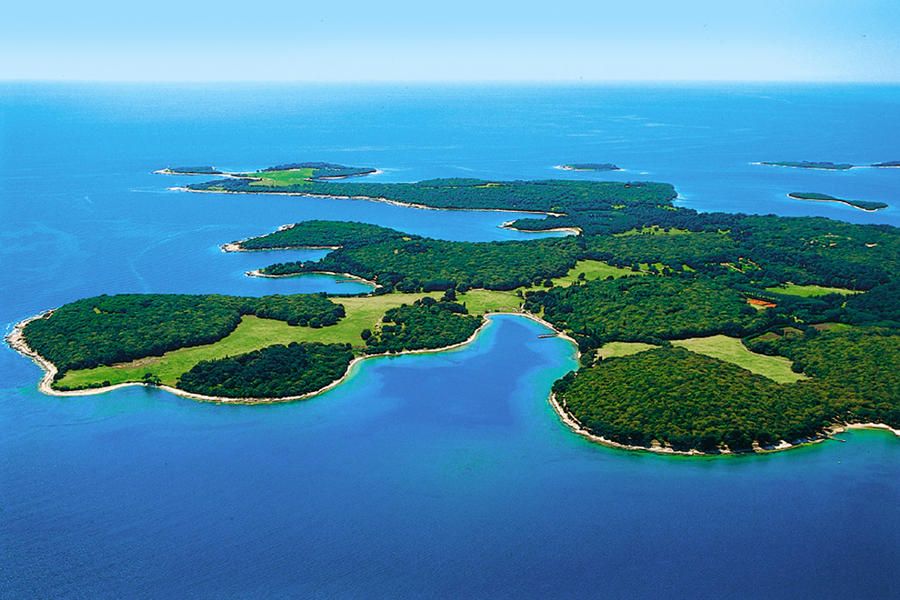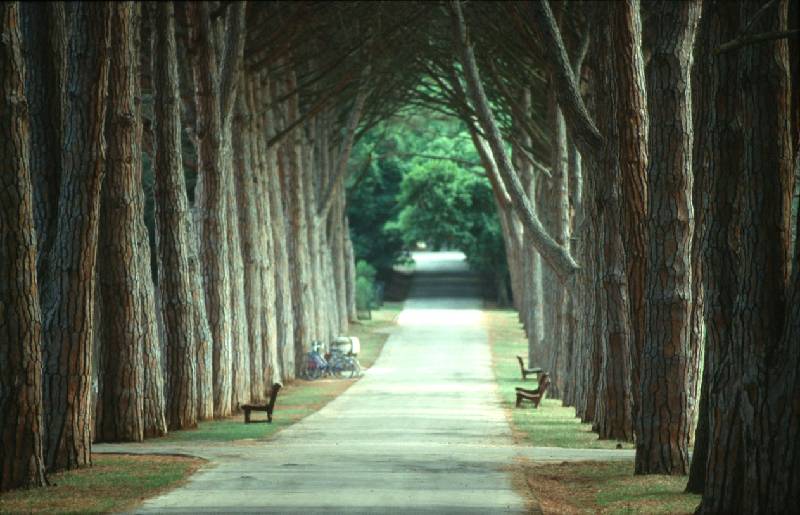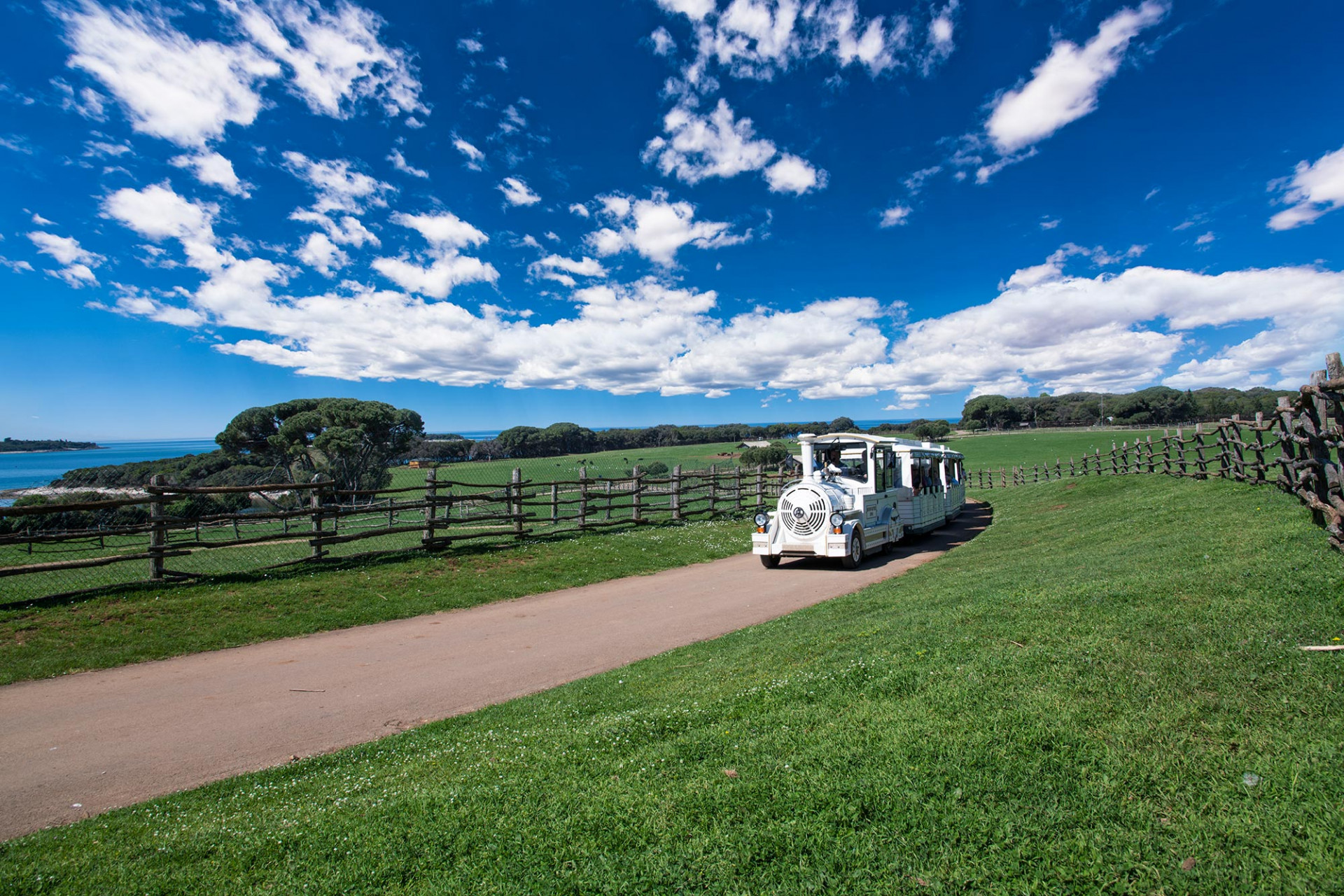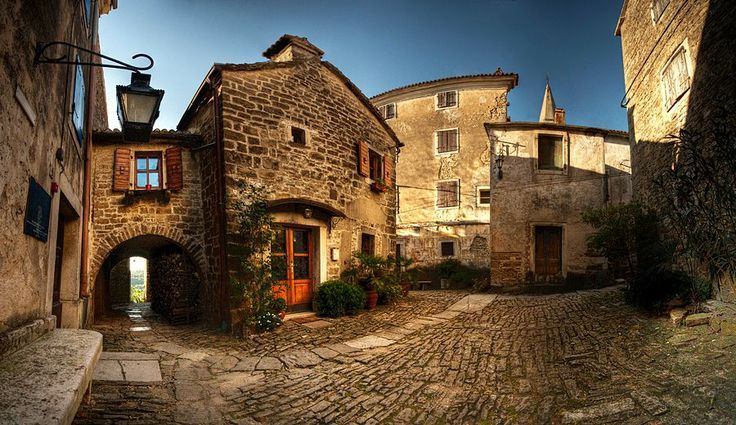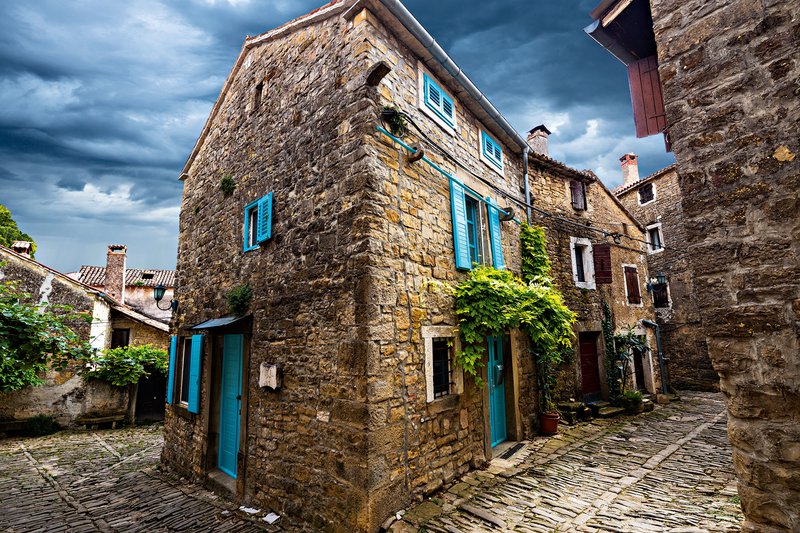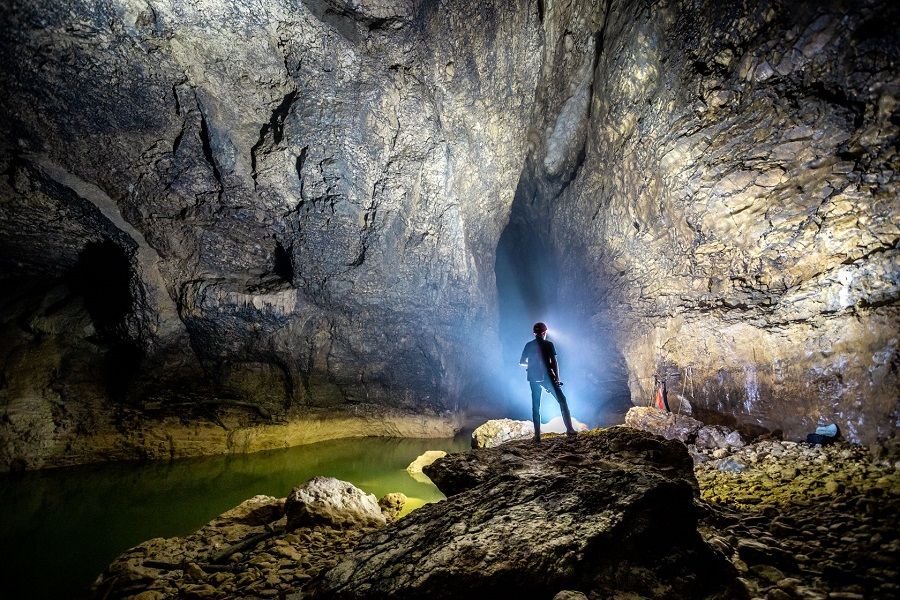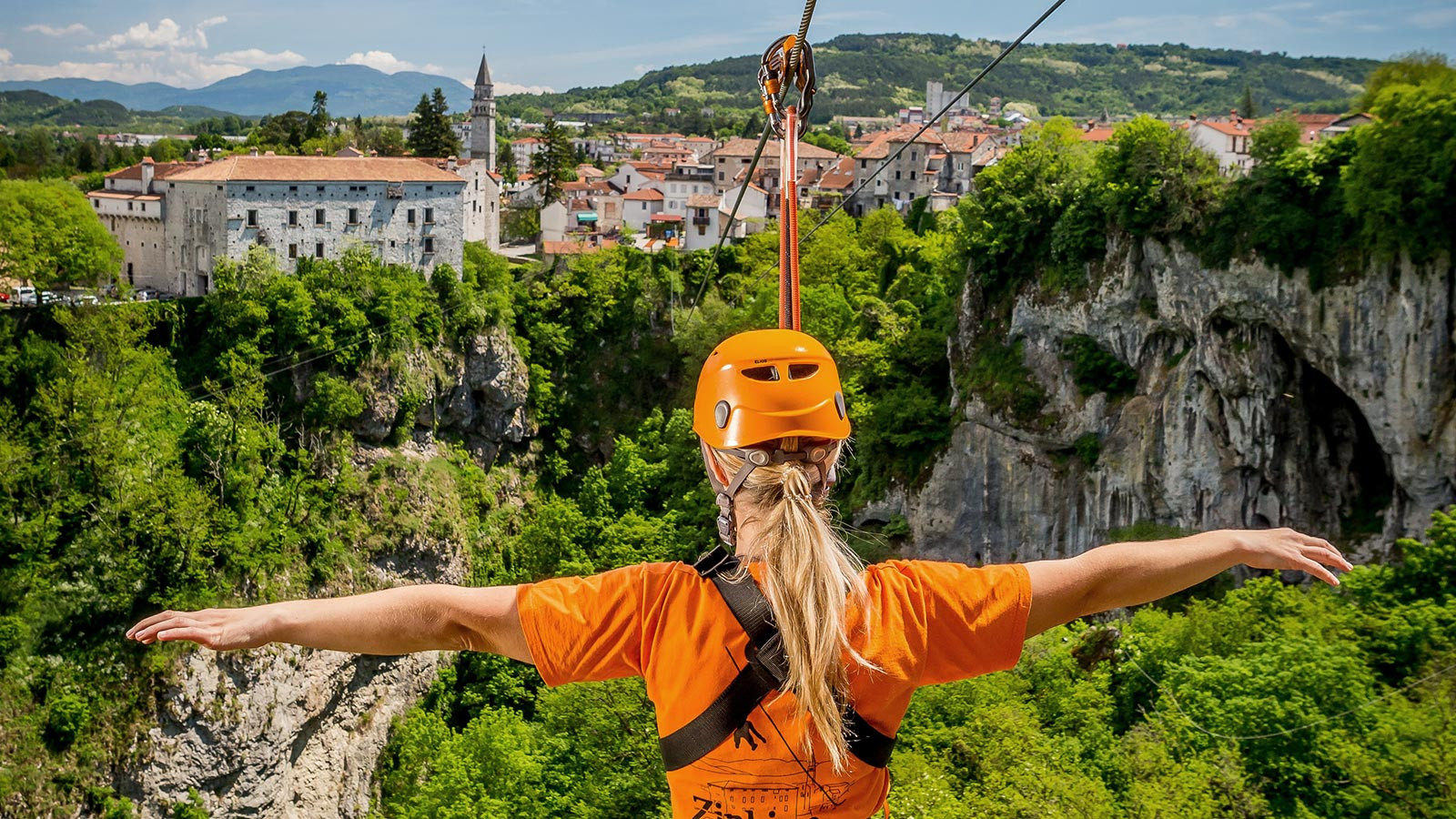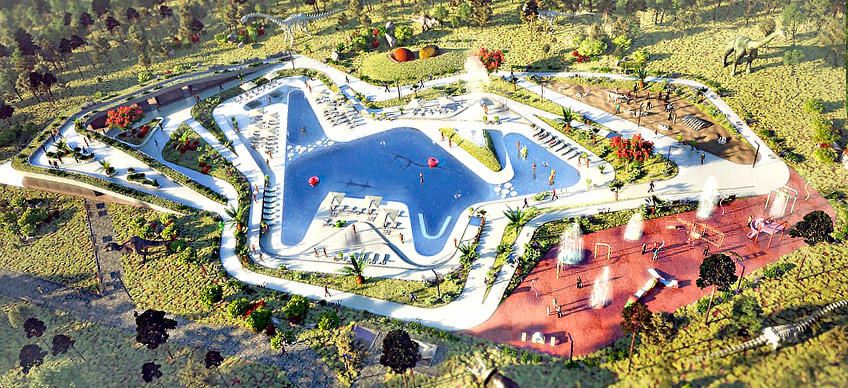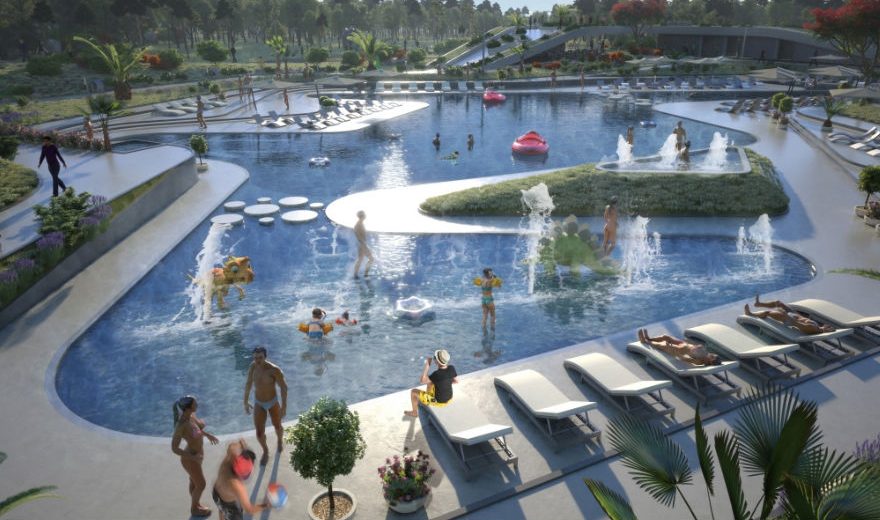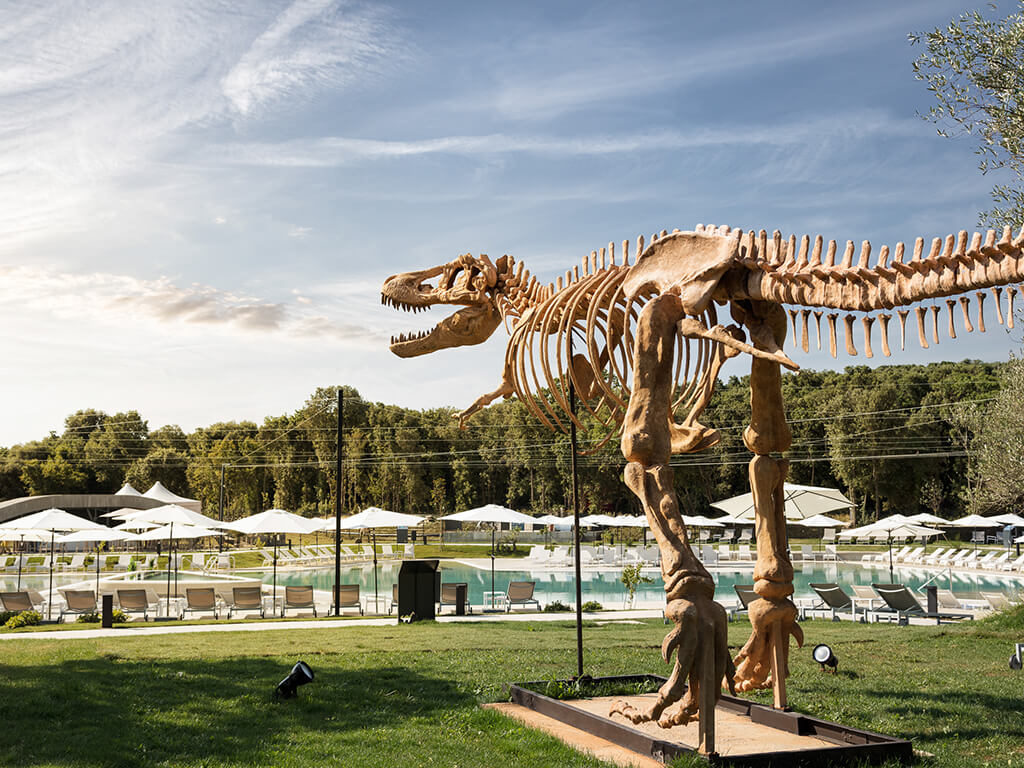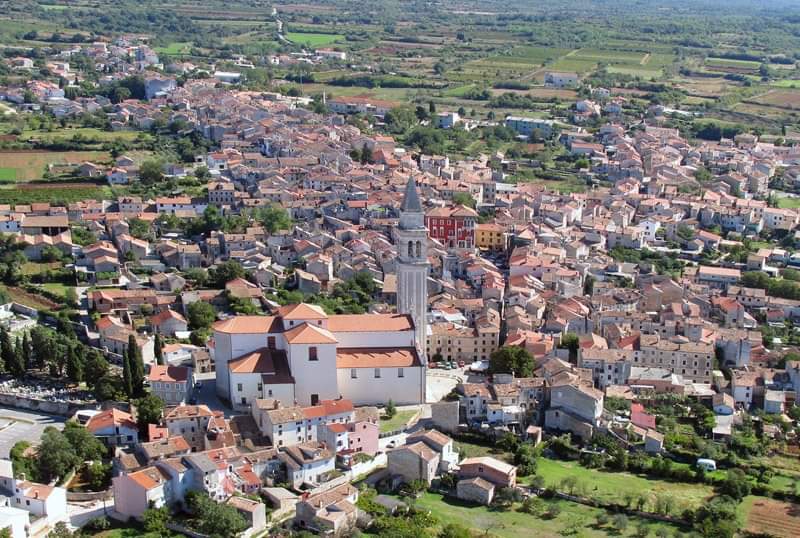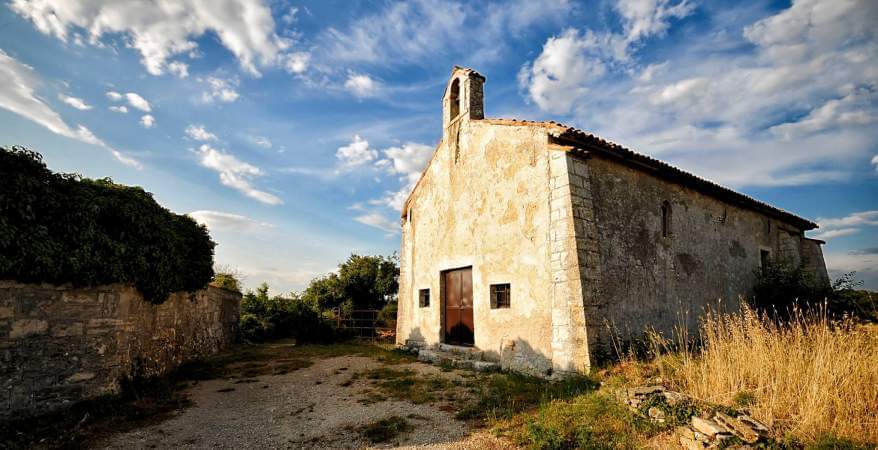Visit Pula (25km)
Discover Pula and its three-thousand-year-old history. BarBoska recommend the following itinerary: (1) Leave for Pula at about 8:00 and park the car on the parking place near the Roman amphitheater (Arena) (2) Take a tour of the Roman amphitheater (Arena) (3) Optional but very nice: visit the old Pula central market with fresh vegetables, fish etc... The best time to visit it is between 9:00 to 12:00 (4) Walk from the amphitheater (or from the central market) to the Triumphal Arch of the Sergi (5) Take the street 'Ulica Sergijevaca' up to the main square Forum where the Temple of Augustus, the city hall and the tourist office is located (6) Take a walk to the central hill of Pula 'Kaštel' where the Historical and Maritime Museum of Istria is located. There is a nice view to the City of Pula from the museum tower. We will be glad to provide you with a map of Pula and explain you the best city path to visit the above specified locations.
